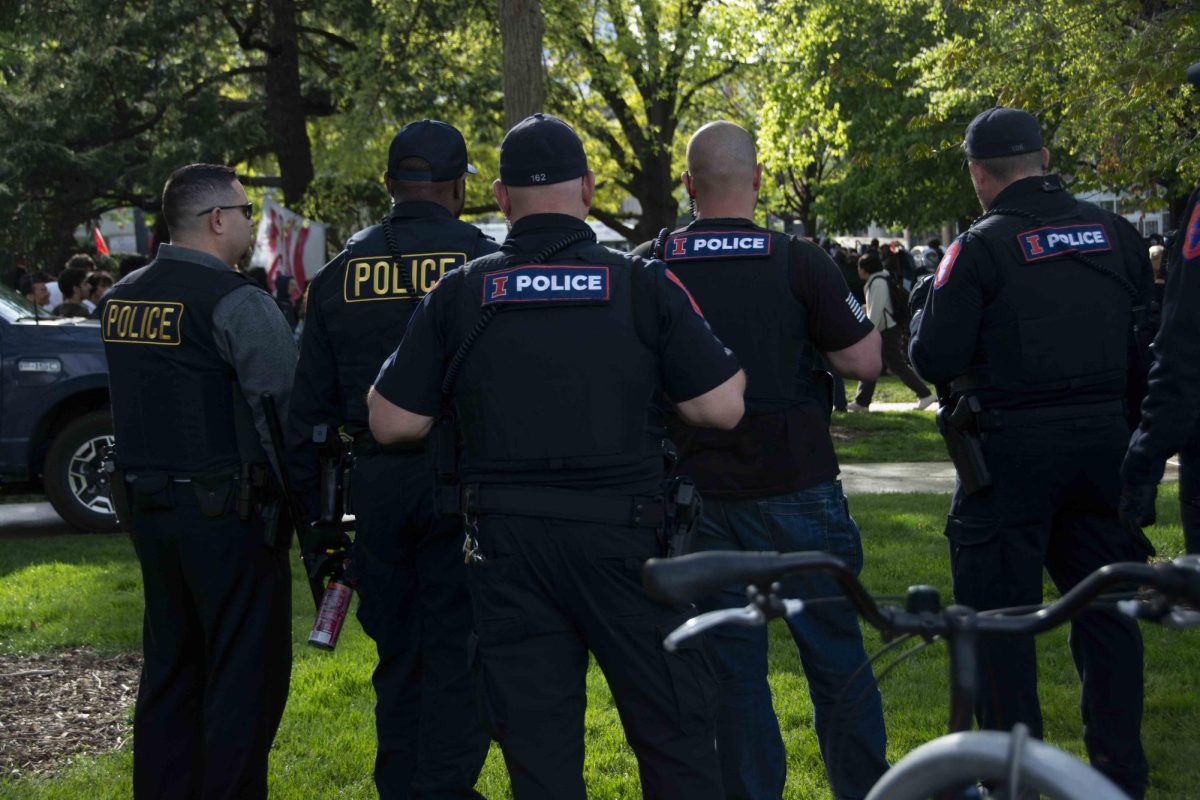When it comes to aid for the homeless, there are a variety of local providers; but one national campaign is looking to bring them all together.
The 100,000 Homes Campaign is a national initiative with the objective of housing 100,000 chronically homeless individuals and families by July 2013. Intended to be an intermediary that brings together volunteers nationwide, Jake Maguire, communications manager for the campaign, said they are hoping to “break down silos among communities.”
“If Tucson develops a really great idea or solution, it stays in Tucson, and no one in Philadelphia ever hears about it, and they might be struggling with the same issue,” he said. “So we’re trying to connect communities in that way.”
After Melany Jackson, chair of the Council of Service Providers to the Homeless for Champaign County, heard about 100,000 Homes in January, she created a local church-based branch called C-U at Home.
Jackson, who is coordinating the project full-time without pay, has already begun the effort to contribute to the national goal. She also moved into Restoration Urban Ministries in Champaign in order to experience life in transitional housing.
Get The Daily Illini in your inbox!
The 100,000 Homes campaign follows a model that they have taken from two medical doctors, Jim O’Connell and Steven Hwang, who have researched the causes of homeless mortality.
Using their research, the main group behind 100,000 Homes, Common Ground, created a “vulnerability index,” which uses an algorithm to determine risk of death. It is based on length of time on the street, age, emergency room and hospital visits, physical and mental health and substance abuse.
For three days in October, Jackson and a group of 80 volunteers surveyed about 300 homeless individuals on the streets of Champaign-Urbana and at local social service facilities. Preliminary results show that more than one-third of those surveyed were at risk for dying on the streets.
“We were surprised that one-third of the respondents were measured as ‘most vulnerable,’ which is above what has been found other places in the country,” Jackson said.
From the survey, C-U at Home has identified six individuals who they hope to find homes for by the end of winter, said John Smith, volunteer.
Now that the demand has been determined, the next steps in the 100,000 Homes model are to line up the supply, move people into housing and help keep people in housing.
“As a new organization, we are starting out small, taking it step-by-step,” Smith said. “We will be very happy when we get these first people housed before the dead of winter hits.”
At this time, C-U at Home’s biggest problems are its lack of funding and volunteers. Jackson said no money has been donated since July and the account only holds about $500, a portion of which Jackson put in herself.
“We are trying desperately to gain financial support and possibly donated use of vacant houses or apartments,” she said.
Jackson said she is hoping the group’s first fundraising event this February will help stimulate volunteer numbers and involve the city governments.
The event, to be held Feb. 3, will invite public officials and community members to experience a night outdoors to help raise awareness. Champaign Mayor Don Gerard has already committed to being a part of the event.
“We really hope to get a lot of involvement from people and raise awareness,” Jackson said. “We really want to get student groups out.”
Those interested in volunteering can visit cuathome.us for more information.
Despite Champaign-Urbana’s size in comparison to larger urban cities participating in the campaign, Maguire said achieving success locally may not be such an obstacle.
“Hartford was the first city to meet its housing goal,” he said. “You don’t have to be New York to make this work.”




